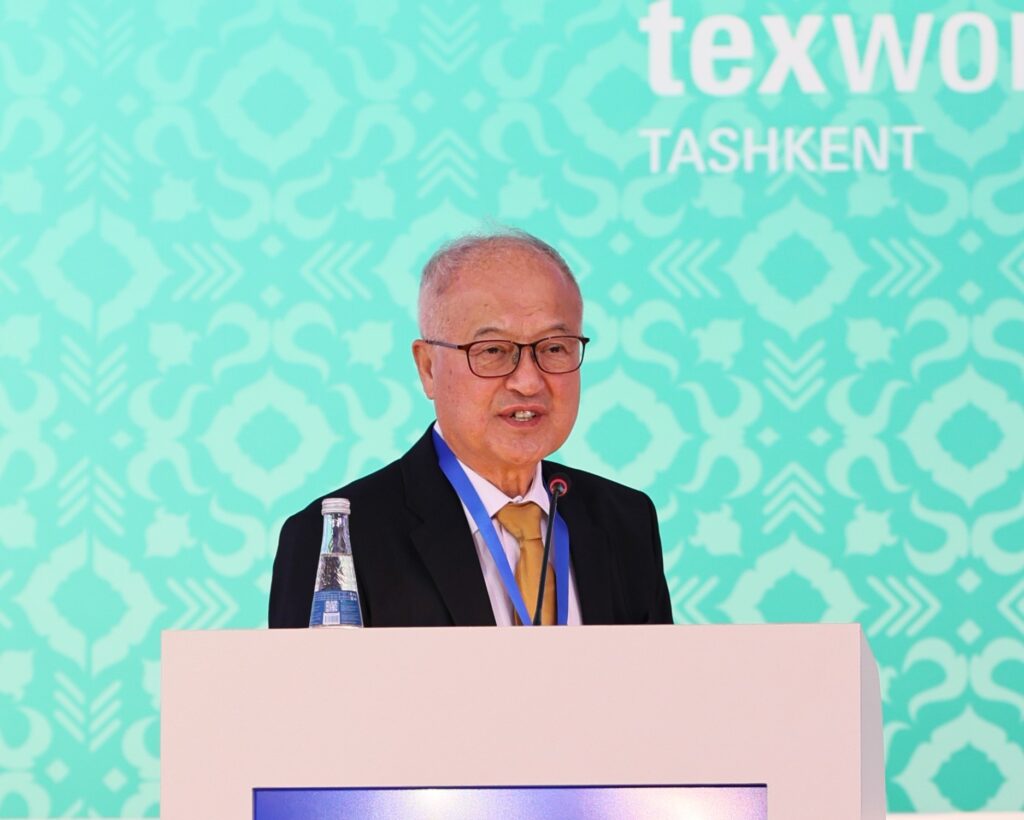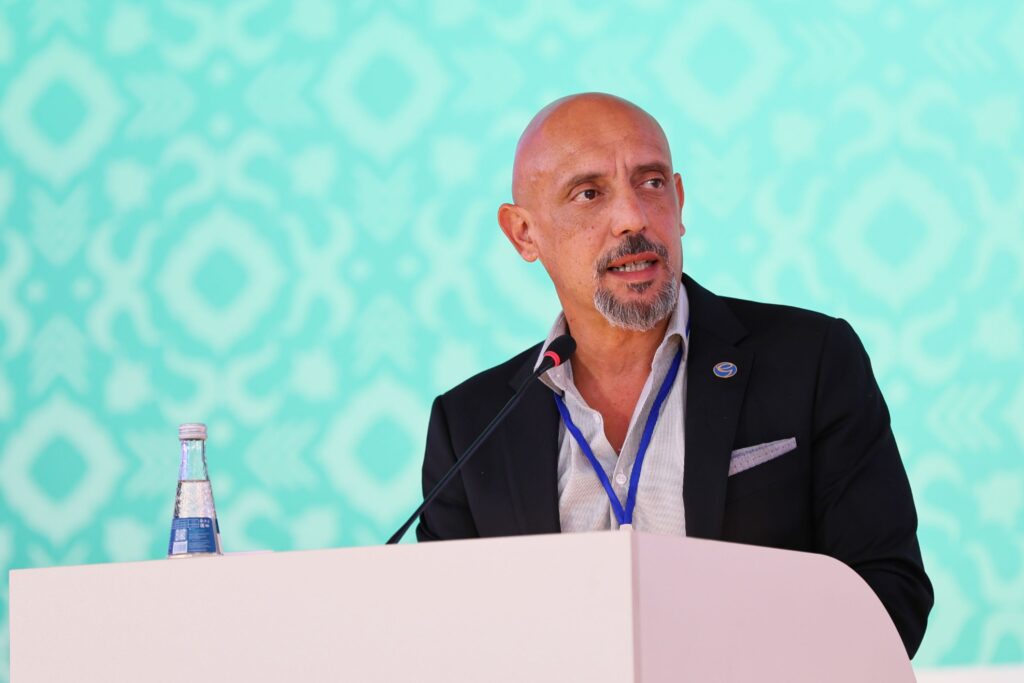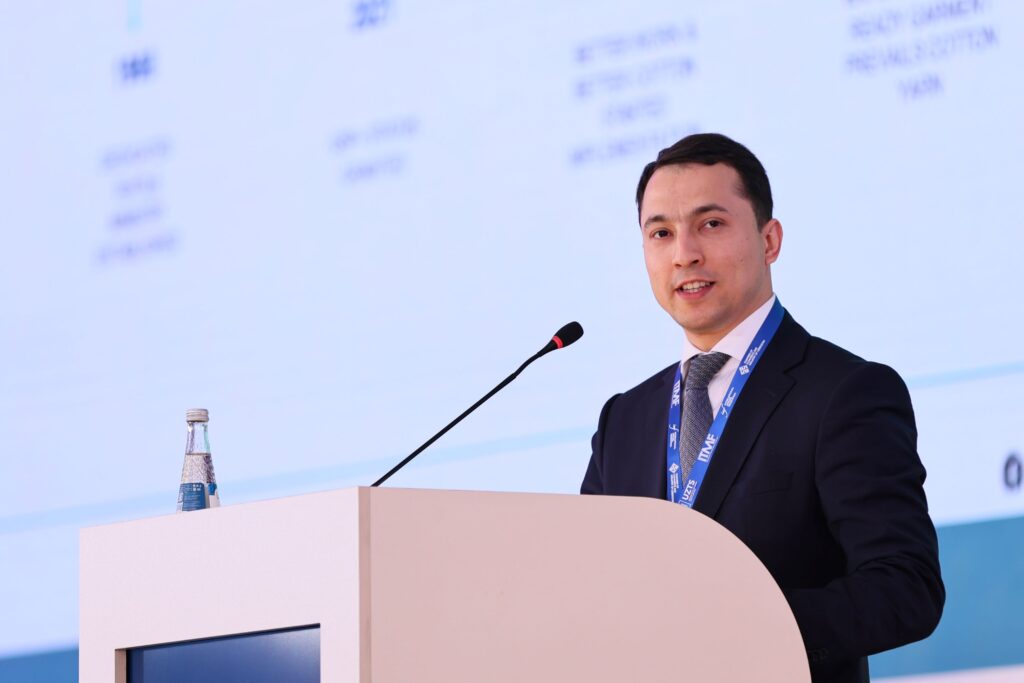The ITMF Annual Conference and IAF World Fashion Convention commenced in Samarkand with insightful discussions on the promising future of Uzbekistan’s textile and apparel industry.

Key speakers, including leading Uzbek textile producers, international investors, and representatives from public organizations and regulatory bodies, explored the sector’s potential and outlined the steps needed to ensure Uzbekistan’s success in the global textile arena.
In recent years, Uzbekistan’s textile industry has undergone significant reforms and modernization, aligning itself with international regulations and the highest quality standards. The introduction of cotton-textile clusters in 2017, along with progressive labour regulations followed by cotton boycott lifting in 2022, has transformed the industry. Today, Uzbekistan is a member of both the Better Cotton Initiative and the Better Work program, enabling the export of textiles to numerous global partners. Between January and July of this year alone, Uzbekistan exported over $1.7 billion worth of textile products to 85 countries across all continents. By 2026, the country aims to triple its export volume to $6.5 billion, underscoring its commitment to global growth and market expansion.
Government support has created favourable conditions for international investors. Kihak Sung, Chairman of Youngone Corporation, shared his company’s success story. Youngone operates two factories in Uzbekistan and is planning further expansion, bringing $55 million in investments and creating over 5,000 jobs. The company hopes to replicate its success in transforming the textile industry in Bangladesh within Uzbekistan.

The international textile community has taken notice of Uzbekistan’s prospects. According to Karim Shafei, International Partner at Gherzi Textil Organisation, Uzbekistan has the potential to become a game changer in the global textile industry and value chain. The country benefits from competitive labour costs, a favourable investment climate, a strategic geographical position, and effective government support. In a dedicated report titled Is Uzbekistan the Next Textile Giant?, Gherzi examines both the advantages and challenges Uzbekistan faces on its path to becoming a significant player in international textiles.
“We are honoured to host the ITMF Annual Conference and IAF Fashion Convention 2024 in Uzbekistan. This unique platform allows us to showcase our latest developments and achievements while gaining the trust of the international community,” said Mirmukhsin Sultanov, Acting Chairman of Uztextileprom. “Uzbekistan’s textile story is deeply rooted in history, dating back to the ancient Silk Road when we became a central hub for textile trade and craftsmanship. Today, we continue that tradition through reform and modernization, embracing technology, innovation, and sustainability. The textile industry is a major driver of our national economy.”

Sultanov added, “From the introduction of cotton processing by the Chinese in 2000 BC to today’s conference, we have achieved remarkable milestones. As we aim for our ambitious $10 billion export target by 2030, we are confident that even greater successes lie ahead as we expand further into global markets.”
The ITMF Annual Conference and IAF Fashion Convention 2024 is a is one of the major international events in the textile industry. Themed Innovation, Cooperation, and Regulation — Drivers of the Textile and Apparel Industry, the conference brought together over 500 professionals in Samarkand to discuss the future of textiles, explore cutting-edge innovations, and expand global partnerships.
